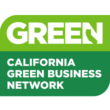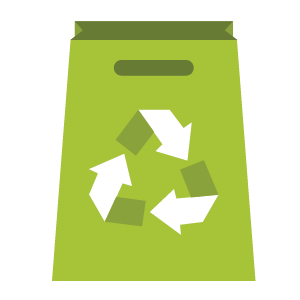A DEEP COMMITMENT TO
SUSTAINABILITY
Green
Operations
Green Business certification for the past 10 years and a commitment to solar-powered manufacturing in 2023.
Learn More
Recycling
Leader
Leader in addressing plastic waste for over 20 years, actively helping to shape California’s recycling legislation.
Learn More
Active
Lobbyist
We lobby on behalf of produce growers and shippers with the Association of Plastic Retailers and the Western Plastics Association
Ellen MacArthur
Signatory
We’re one of the few packaging organizations that has joined the New Plastics Economy Global Commitment.
Learn More


Recycled PCR
- Made from up to 30% post-consumer recycled materials
- Rollstock, bags, SUPs

Recyclable
- 100% recyclable, surface and reverse printed polyethylene
- Rollstock, bags, SUPs

Renewable
- Bio-based resins from renewable cellulose-based sources such as vegetable starches and sugar cane
- Rollstock, bags, SUPs

Compostable
- Certified compostable films, materials, and adhesives
- Meets ASTM D6400 standard
- Rollstock, bags, SUPs
Sustainability Q&A
The sustainable plastic packaging landscape is changing quickly. We can help you transition to more sustainable packaging by reducing the plastic you use and moving to recyclable, compostable or renewable products. Below are answers to frequently asked sustainable packaging questions. Have more questions? Contact Us.
On-package sustainability claims are very complex as different countries, states, counties, and municipalities have different standards and regulations. Package sustainability claims are very complex as different countries, states, counties, and municipalities have different standards and regulations. Some claims require testing utilizing third-party entities prior to commercial launches. Entities for certification include:
PCR Resin
The Association of Plastics Recyclers (can provide guidance on printing “recyclable” on the package)
Industrial Compostability
Home Compostability
Recycling
How2Recycle-reviews final specs of a package and will confirm package can be recycled in most recycling facilities
Yes, inks and the percentage of ink coverage can impact recyclability. Generally speaking, the less ink used the easier a package will be to recycle. As recycling becomes more prevalent the amount of ink used will likely impact the value of the material being recycled.
The Association of Plastic Recyclers (APR) promotes the development of the plastics recycling industry. They publish a comprehensive design guide that can be found in here. In addition, APR has a PCR certification program to create greater transparency for buyers and sellers of PCR materials.
Post-consumer resin is made from plastic that has completed its intended purpose and reached its end of life format, then was collected, sorted, and reprocessed into resin.
Post Consumer Resin (PCR) is a good option. The supply of PCR resin suitable for food contact packaging is growing rapidly and is now available for use in a variety of loading percentages.
Compostable materials are an option although it needs to be determined what claims can be made on a given package, what the supply chain of such materials may be and whether industrial composting infrastructure exists in the region.
Generally speaking the answer is no. However, any value-add features such as a zipper closure would have to go through the same testing and claim confirmation process as the film itself.
The most cost-effective sustainable packaging is to design the right size package and engineer the correct film thickness to meet the application at hand. Simply reducing film gauge can eliminate a large amount of plastic being used.
We believe that there will be a large increase in the use of Post Consumer Recycled (PCR) material in the coming years. This will be coupled with a reduction in the use of non-recylable packaging such as laminations incorporating dissimilar materials that cannot be recycled.

Emerald Means Green
Emerald Packaging is committed to sustainable practices throughout our organization. That’s why the state of California certified us as a Green Business, the only flexible packaging manufacturer to earn the honor. This certification assures that our facilities and operations comply with rigorous environmental regulations in the areas of waste, energy, water, pollution prevention and air quality.






